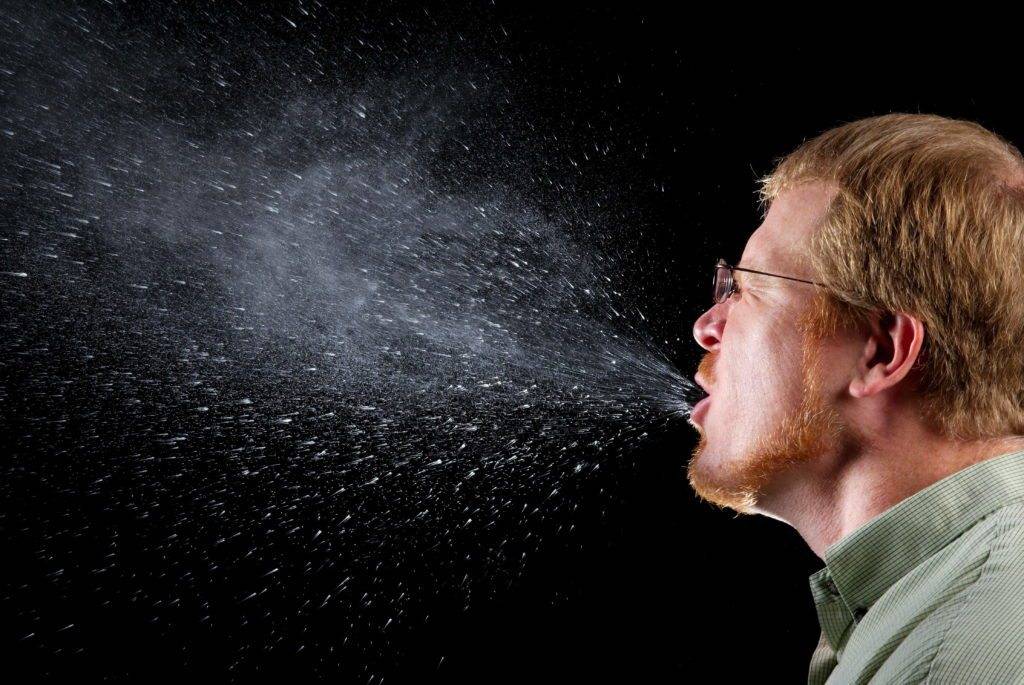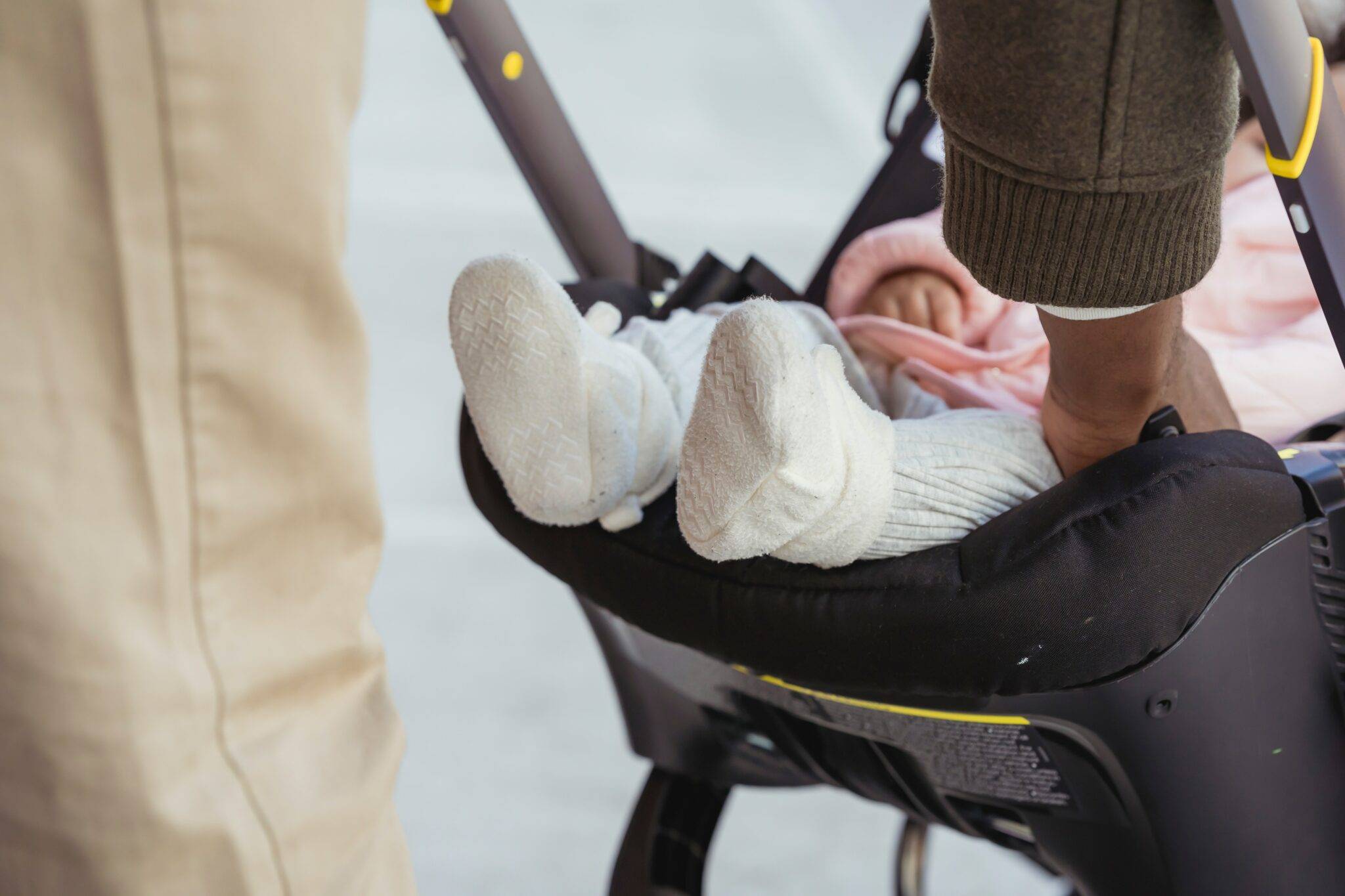When a Diaper Rash Isn’t Just a Rash
Diaper rashes are something almost every parent faces during their baby’s early years. They’re messy, uncomfortable, and often pop up when you least expect them. Usually, a little diaper cream and a few extra changes do the trick—but what happens when they don’t?
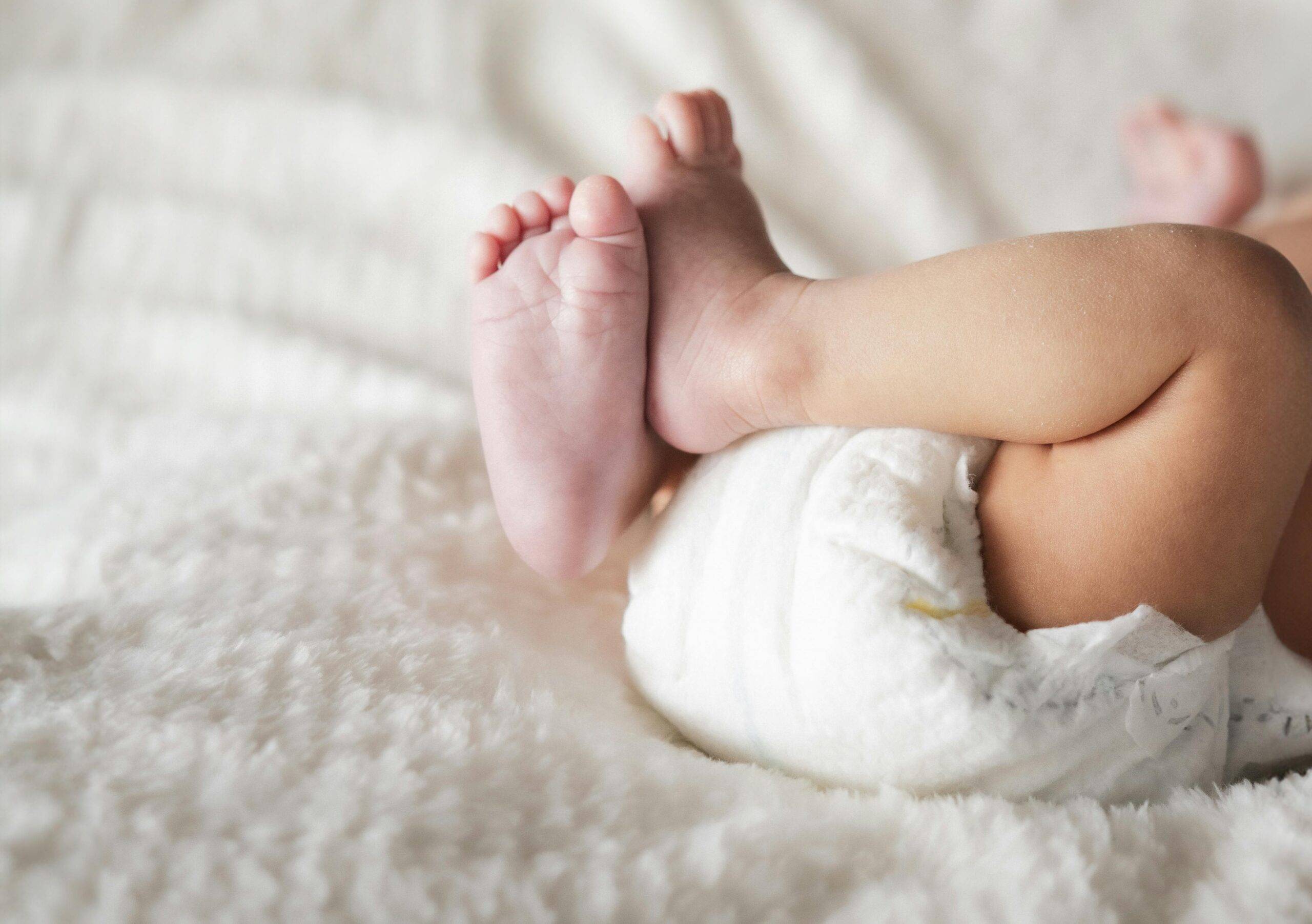
If your usual go-to cream isn’t working…
If the rash seems to be getting worse, not better…
If it’s spreading or making your baby more fussy than normal…
It might not be an ordinary diaper rash—it could be a yeast diaper rash.
Yeast infections in the diaper area are more common than many parents realize. And here’s the kicker: treating them the same way as a regular rash won’t help. In fact, it can sometimes make things worse.
That’s why knowing the key differences between a regular diaper rash and a yeast infection is so important. In this post, you’ll learn what to look for, how to treat it effectively, and, most importantly, how to keep it from coming back. Let’s dive in and ensure your little one stays as comfy—and rash-free—as possible.
What Is a Regular Diaper Rash?
A regular diaper rash, also known as irritant diaper dermatitis, is typically caused by:
- Wetness: Prolonged exposure to urine or stool.
- Friction: Rubbing from the diaper.
- Irritants: Chemicals in wipes, soaps, or diapers
How It Looks: Regular diaper rash usually appears as:
- Red, inflamed skin in the diaper area.
- Flat, smooth patches.
- Sparing of the skin folds (creases remain unaffected)
With proper care—like frequent diaper changes and barrier creams—these rashes often improve within a few days.
What Is a Yeast Diaper Rash?
A yeast diaper rash is caused by an overgrowth of Candida, a fungus that thrives in warm, moist environments. It’s more likely to develop:
- After a regular diaper rash has broken down the skin.
- When a baby has been on antibiotics, this can disrupt the natural balance of bacteria and yeast.
- If the diaper area is consistently warm and moist.
Unlike regular diaper rashes, yeast infections require specific antifungal treatments to heal.
Recognizing Yeast Diaper Rash: Key Differences
Appearance: Yeast diaper rashes have distinct characteristics:
- Bright red, well-defined rash: The rash is often more intense in color.
- Satellite lesions: Small red spots or bumps that spread beyond the main rash area.
- Involvement of skin folds: Unlike regular rashes, yeast infections often affect the creases of the groin and thighs.
- Peeling or cracked skin: The skin may appear flaky or have open areas.
Persistence: One of the telltale signs of a yeast diaper rash is that it doesn’t improve with standard diaper rash treatments like zinc oxide or petroleum jelly. In fact, it might get worse.
Baby’s Discomfort: Babies with yeast diaper rashes may seem more uncomfortable, fussy, or itchy, especially during diaper changes.
Why Proper Identification Matters
Treating a yeast diaper rash with regular diaper rash creams won’t be effective. In some cases, it can even exacerbate the problem. Proper identification ensures that the right treatment—antifungal medication—is used, leading to quicker relief for your baby.
Treating Yeast Diaper Rash: Getting Real Relief
When dealing with a yeast diaper rash, regular diaper creams just won’t cut it. You need something that fights the root cause—a fungus called Candida. Luckily, with the right treatment and extra diaper care, your baby can feel better quickly.
Antifungal Creams: The Main Weapon
The first step in treating a yeast diaper rash is using an antifungal cream. These creams target the yeast and help clear up the infection.
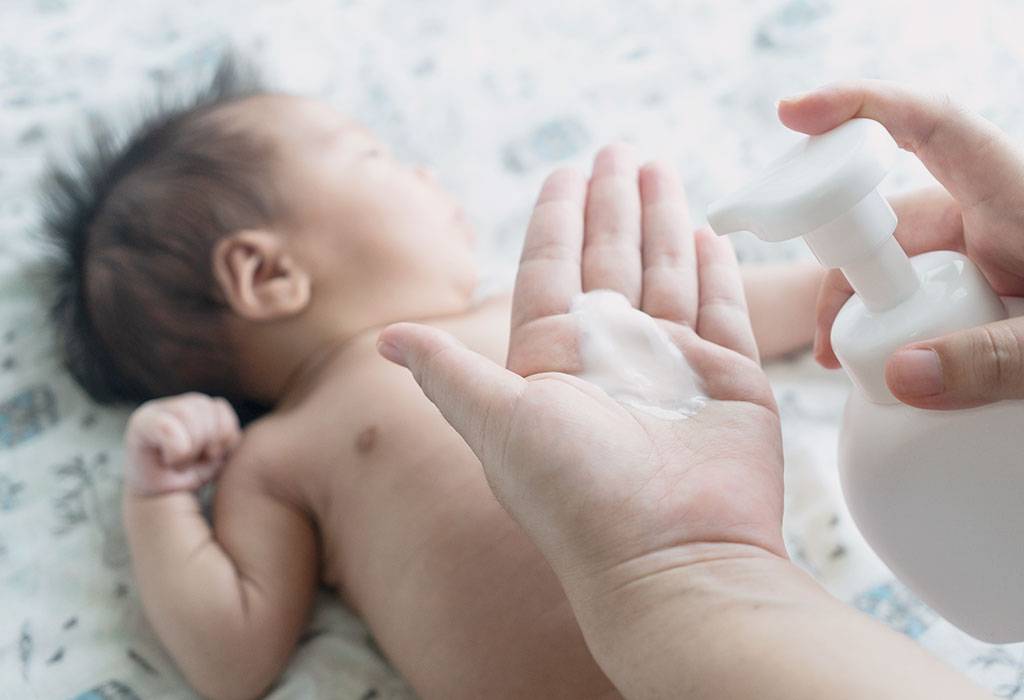
Common antifungal options include:
- Nystatin: Usually prescribed by your pediatrician. It’s safe and effective.
- Clotrimazole: Available over the counter. It’s commonly used for athlete’s foot and yeast infections.
- Miconazole: Another OTC option that fights yeast well.
How to use antifungal creams:
- Wash and dry the area gently.
- Apply a thin layer of the antifungal cream to all affected skin—including any red bumps or “satellite lesions.”
- Keep using it for the full amount of time your doctor recommends, even if the rash looks better after a couple of days.
Stopping early can let the yeast come back—and you don’t want that!
Diapering Practices That Help Healing
Antifungal cream does the heavy lifting, but good diapering habits speed up the process and stop the rash from coming back. Here’s what to do:
- Frequent diaper changes: Wet diapers are a breeding ground for yeast. Change your baby as soon as the diaper is soiled.
- Gentle cleaning: Use warm water and a soft cloth, not wipes with harsh ingredients. If needed, choose fragrance-free and alcohol-free wipes.
- Air time: Let your baby go diaper-free a few times a day. A few minutes of fresh air can help dry out the skin and soothe irritation.
- Barrier creams: After applying antifungal cream, you can add a thin layer of barrier cream (like petroleum jelly or zinc oxide) to protect the skin and keep moisture out.
Avoid Combination Creams—Unless Your Doctor Says Otherwise
Some creams combine antifungal ingredients with steroids. These can reduce inflammation but might also weaken the skin or make the yeast grow worse if not used properly. Only use these if your pediatrician recommends them. Otherwise, stick with a straightforward antifungal and basic diaper care.
With the right combination of antifungal treatment and daily care, yeast diaper rashes can clear up in a few days—and your baby will be back to smiles and giggles in no time.
Prevention: Simple Steps to Keep Rash Away
The best way to deal with yeast diaper rash? Stop it before it starts. Keeping your baby’s diaper area clean, dry, and protected can greatly reduce the chances of a yeast infection taking hold. Here’s how to stay one step ahead:
- Change diapers promptly. Wet or dirty diapers create the warm, moist environment that yeast loves. Don’t wait—change diapers as soon as you notice they’re soiled.
- Clean gently. Use warm water and a soft cloth or a fragrance-free wipe. Avoid soaps or wipes with alcohol, dyes, or strong fragrances—they can irritate your baby’s skin.
- Dry thoroughly. Moisture is the enemy. Pat the skin dry (don’t rub), and let it air out for a few seconds before putting on a new diaper.
- Give diaper-free time. Let your baby go without a diaper for a few minutes every day. Even just 10–15 minutes of air time can help keep their skin healthy and dry.
- Consider probiotics if using antibiotics. Antibiotics can kill good bacteria in the gut, which may lead to yeast overgrowth. Talk to your pediatrician about using baby-safe probiotics to maintain balance in your child’s system.
Making these steps part of your daily routine can prevent many diaper rashes—and keep yeast infections from ever starting. A little extra care now means less discomfort for your little one later.
When to Contact Your Pediatrician: Don’t Wait to Get Help
Even though many diaper rashes can be treated at home, there are times when it’s best to call your child’s doctor. Early action can help stop the rash from getting worse—and make your baby feel better, faster. Reach out to your pediatrician if:
- You suspect a yeast diaper rash. The rash is bright red, spreading, and includes small red bumps (satellite lesions); it may be a yeast infection that needs antifungal treatment.
- The rash doesn’t improve with standard home care. If you’ve been using regular diaper cream for several days and see no change, or it seems worse, a different treatment is probably needed.
- The rash looks infected. Watch out for signs like pus, increased swelling, oozing, or the area being hot to the touch—these can mean a bacterial infection.
- Your baby has a fever. A fever with a diaper rash could signal a serious infection and should be checked by a doctor.
You know your baby best. If something doesn’t seem right, ask for help. Your pediatrician can confirm whether it’s a yeast rash and ensure you get the right treatment quickly.
Spot the Difference, Soothe the Rash
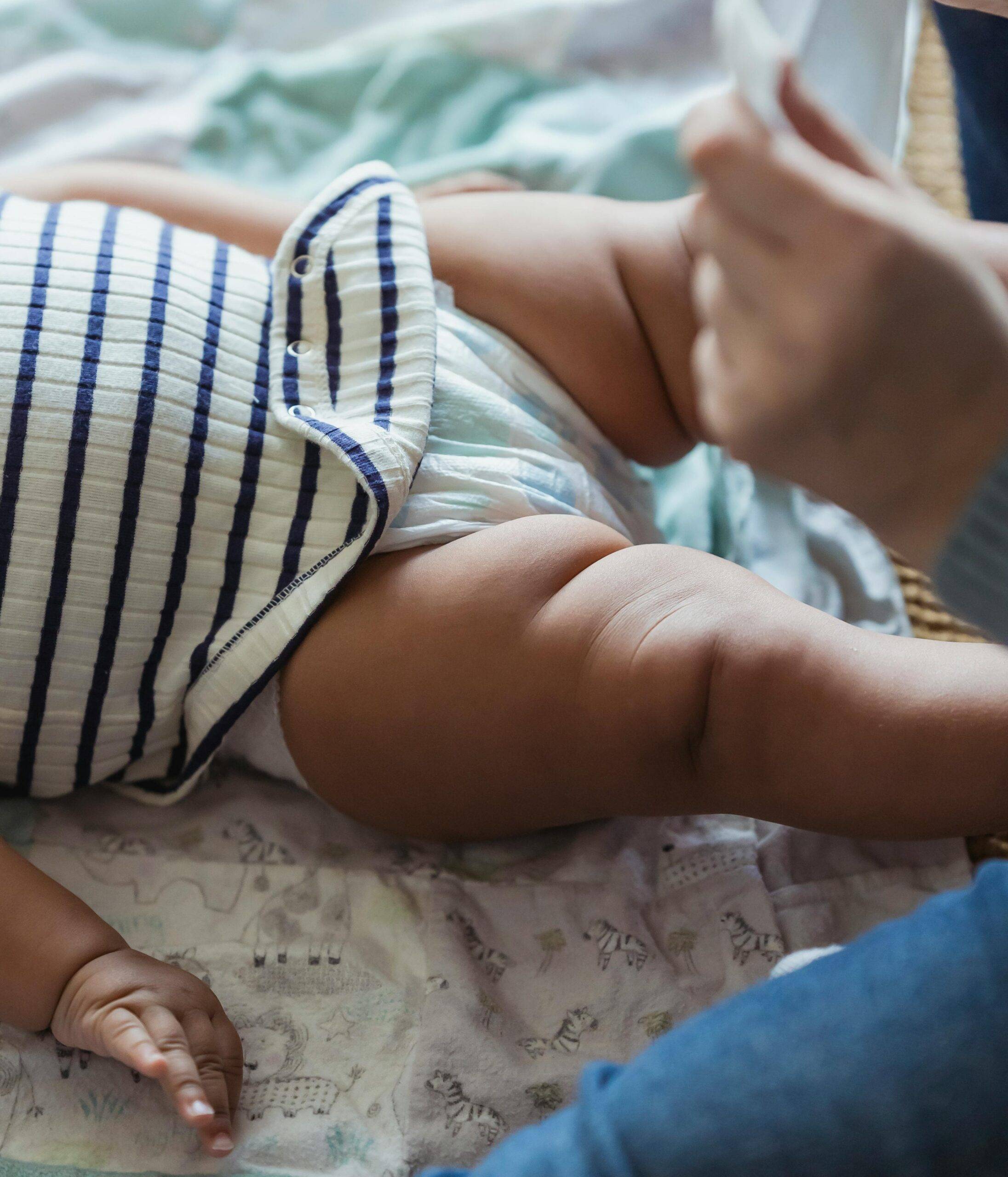
Distinguishing between a regular diaper rash and a yeast diaper rash is crucial for helping your baby feel better, faster. While both types may look similar at first glance, yeast diaper rashes have telltale signs—like bright red patches, bumpy satellite lesions, and rash in the skinfolds—that set them apart.
Plus, if your usual diaper creams aren’t doing the trick, that’s another big clue it might be a yeast infection. Once you know what you’re dealing with, treatment becomes more effective. Antifungal creams, prescribed or recommended by your pediatrician, are the best way to fight off a yeast rash.
Add solid diapering habits—like keeping the area dry, changing diapers often, and giving some diaper-free time—and you’ll be well on your way to a happier, rash-free baby. Don’t wait too long to call your doctor if the rash looks worse, isn’t getting better, or your baby seems extra uncomfortable.
When in doubt, it’s always safer to get a professional opinion.
For more trusted parenting advice and tips on baby health, check out related articles like
- Mild Diaper Rash: 6 Quick & Effective Home Remedies for Relief
- 7 Common Rashes in Babies: A Visual Guide for New Parents
These resources from Omegapediatrics.com offer expert-backed insights designed to keep your little one happy, healthy, and rash-free.

